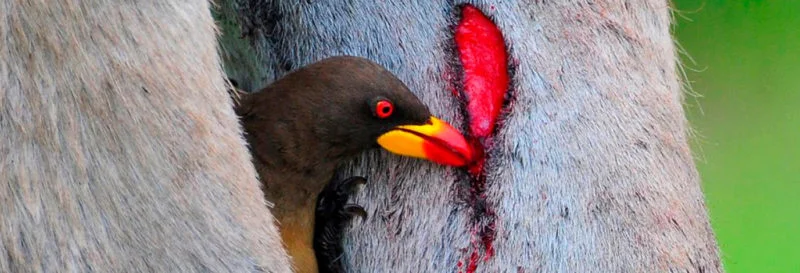
Darwin's Finches and Avian Parasites in the Galápagos Islands | Travel News
The Galápagos Islands are celebrated for their extraordinary biodiversity, particularly Darwin's finches, which are iconic examples of evolution and natural selection. However, these endemic birds face serious threats from invasive species like the avian vampire fly (Philornis downsi). This parasitic fly has been linked to high mortality rates among Darwin's finches and other bird species. Recent studies have focused on understanding the ecological dynamics between the finches and the fly, as well as exploring control strategies to safeguard these vulnerable populations.
Recent Research Highlights
-
Parasitoid Specificity: Studies examining food web interactions revealed that certain natural enemies of Philornis downsi exhibit a strong preference for this invasive species. This specificity indicates potential for these parasitoids to be used as biological control agents, targeting the fly without disrupting other ecosystem species.
-
Survival During Host Scarcity: Research has shown that Philornis downsi can survive during periods of low host availability, such as the dry season, demonstrating its adaptability. This resilience complicates conservation efforts, as the fly can persist even when bird populations are not breeding.
-
Urban Advantages for Finches: Surprisingly, Darwin's finches in urban areas have higher fledging success compared to their non-urban counterparts, despite exposure to the vampire fly. Urban finches benefit from improved diets and stronger immune responses, which may enhance their ability to combat the parasitic threat. This suggests urbanization could offer unexpected benefits for these iconic birds, highlighting the intricate relationships between human activity, invasive species, and wildlife.
Key Terms
- Avian Vampire Fly: A parasitic fly (Philornis downsi) that infests bird nests, feeding on blood and causing significant harm to bird populations.
- Biological Control Agents: Organisms like parasitoids or predators used to manage pest populations in ecosystems.
- Fledging Success: The proportion of young birds that successfully leave the nest and reach independence.

